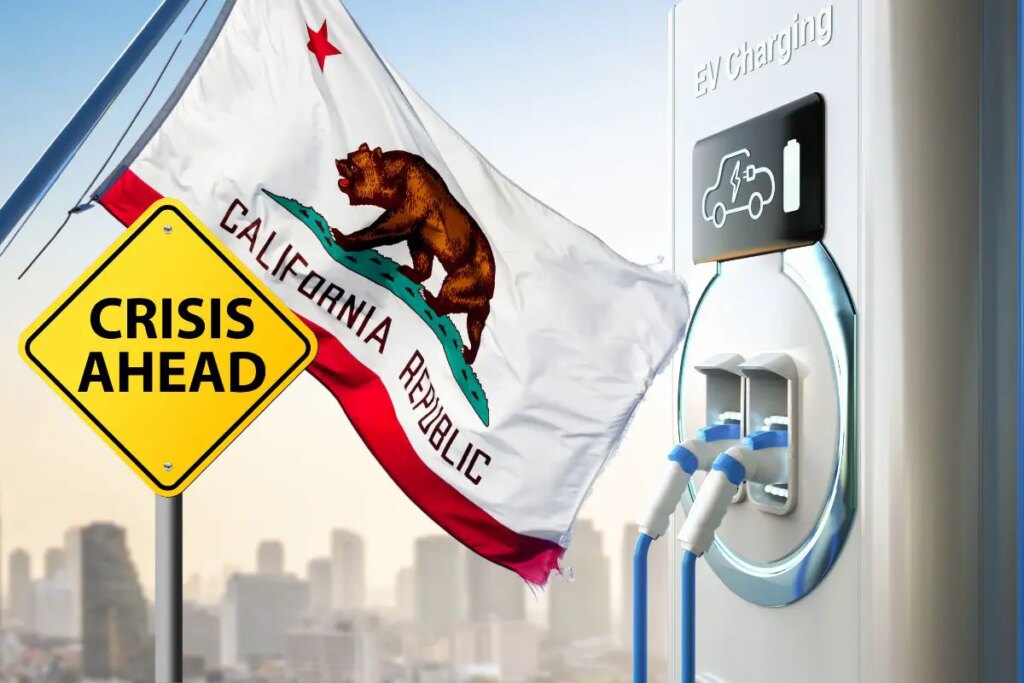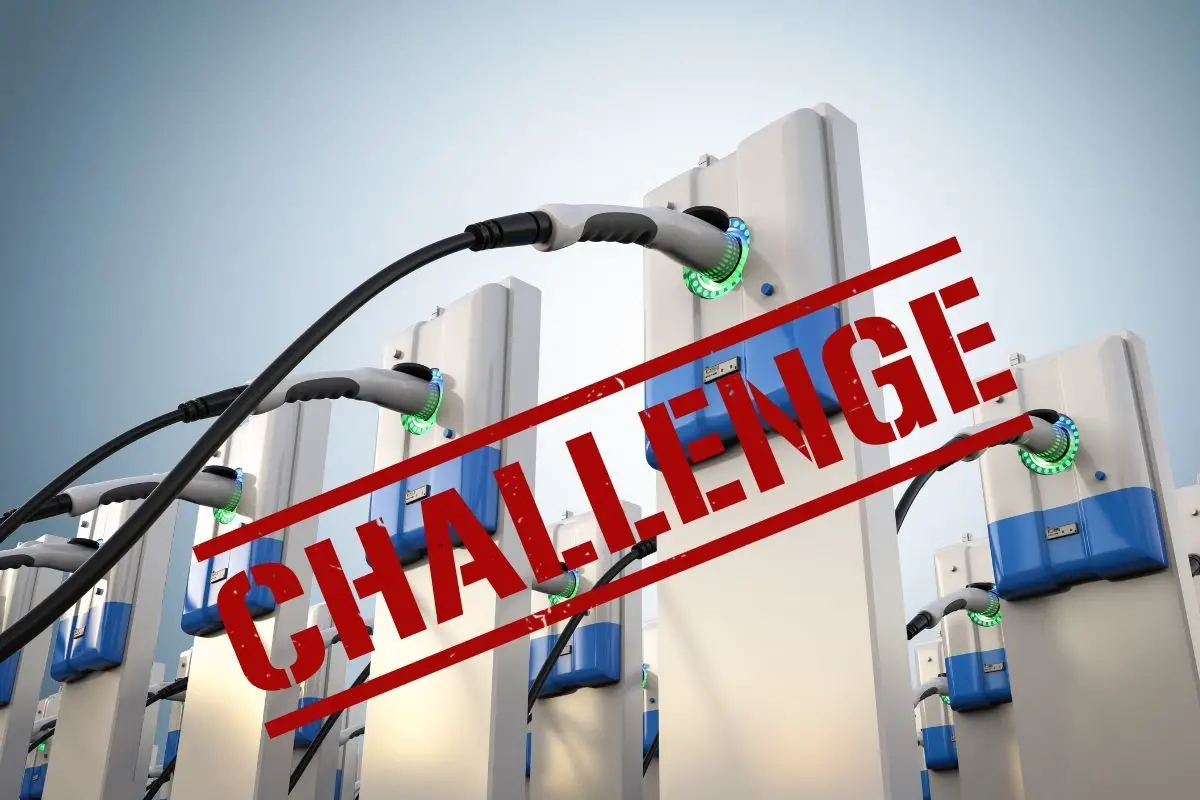California’s EV Charging Crisis: Can The Golden State Keep Up With Electric Demand?

Challenges Facing California’s EV Charging Infrastructure
California, a pioneer in the adoption of electric vehicles (EVs), faces formidable challenges in expanding its EV charging infrastructure. With an ambitious target to have 7 million electric cars on its roads within the next seven years, the state must build public charging stations at an unprecedented pace. The sheer scale of this undertaking has raised concerns about the feasibility and practicality of meeting such targets, especially given the state’s current infrastructure and resources.
The Scale of the Challenge
To meet the projected demand, California needs a significant boost in its EV charging capabilities. Specifically, the state must achieve the following:
- A Million Public Chargers by 2030: This target represents a tenfold increase from the roughly 100,000 chargers available in 2022. To accomplish this, California must build 129,000 new stations annually for the next seven years and then accelerate to reach 2.1 million chargers by 2035.
- Investment Needs: Achieving these numbers will require billions of dollars in investments from state, federal, and private sources. Currently, California’s share of federal funding totals $384 million, which is only a fraction of the estimated $53 billion to $127 billion needed nationwide by 2030.
- Rapid Growth of EV Ownership: The state currently boasts over 1.5 million battery-powered cars, with expectations to hit 15 million by 2035.
Infrastructure and Permitting Hurdles
Building such a vast network of charging stations is not without significant obstacles:
- Backlogged Permitting Processes: Streamlining city and county permitting processes is critical, as delays are already causing California to lag behind the national average by 26% in permit approvals.
- Power Grid Upgrades: Major upgrades to the power grid are essential to support the increased demand for charging, which heavily influences the cost and timeline of installing new stations.
- Geographic Equity: Ensuring that charging stations are available in rural and less-affluent areas remains a challenge, as private companies are often hesitant to invest in these regions.
Reliability and Consumer Experience
Reliability issues with existing stations can deter potential EV buyers:
- Unreliable Service: Many existing chargers have been plagued by reliability issues and poor customer service, which discourages EV adoption.
- Regulatory Requirements: The California Air Resources Board has identified the need for improved charger reliability and customer service, adding another layer of complexity to the expansion efforts.
Copper Theft – An Emerging Threat
Adding to the challenges, theft of copper from EV charging stations has become a significant problem. The high market value of copper has led to increased incidents of cable theft, which often renders entire charging stations inoperable. This not only frustrates EV owners but also exacerbates the perception of scarcity and unreliability in public charging infrastructure.

Broken chargers, often resulting from theft, add to the anxiety that many potential EV buyers feel about the feasibility of switching from gasoline-powered vehicles. This concern is particularly pressing as major automakers are investing heavily in EV production, with companies like Stellantis, Ford, and General Motors setting ambitious targets for electric vehicle sales.
Conclusion
 California’s path to achieving its ambitious EV targets is fraught with challenges, from funding and infrastructure to regulatory hurdles and emerging threats like copper theft. While the state’s commitment to advancing clean energy and transportation is commendable, meeting these challenges will require coordinated efforts among government entities, private investors, and local communities. Without addressing these issues, the vision of widespread EV adoption might remain just that—a vision.
California’s path to achieving its ambitious EV targets is fraught with challenges, from funding and infrastructure to regulatory hurdles and emerging threats like copper theft. While the state’s commitment to advancing clean energy and transportation is commendable, meeting these challenges will require coordinated efforts among government entities, private investors, and local communities. Without addressing these issues, the vision of widespread EV adoption might remain just that—a vision.





